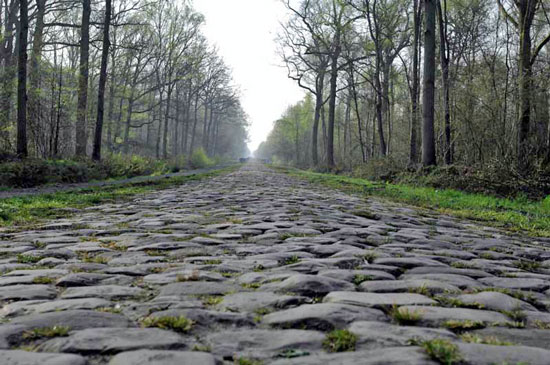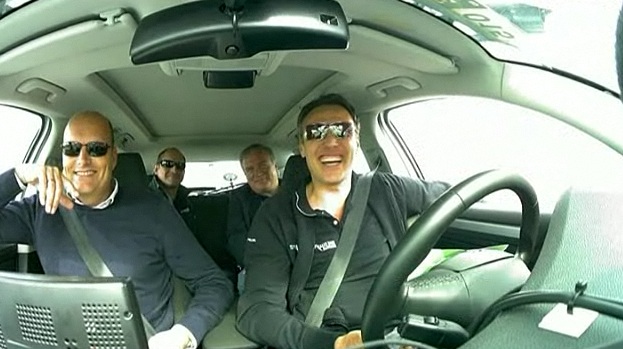
Paris-Roubaix is almost upon us. I struggle with this race sometimes. It is brutal, dramatic and legendary but at the same time a lottery, where results can be determined by punctures, crashes and other random events. Riders don’t get to the front without brute force and skill, but once up there, whether they make it to the finish line involves a bigger degree of luck than any other race.
It’s this cruelty that makes it compelling but part of me finds it a circus. If I had to pick, I’d prefer the Tour of Flanders since the cobbles are decisive but not bike-breaking, and the hills are more obvious strategic points. But of course each race can be enjoyed separately and for all its craziness, Paris-Roubaix is unique and extreme. I can’t wait.
Vanishing cobbles
It wasn’t always so wild. Yes, there was the post-war desolation but things recovered by the 1950s. For many years France kept its cobbled roads, especially in the North. These were not farm tracks but main highways. Today some towns have gone out of their way to preserve them and you’ll still find them in Paris. As such many of the cobbles used in the race for decades were fit for normal transport use, smooth enough to ride and drive over at speed. They were not the farm tracks that make Paris-Roubaix famous today.
Read more







